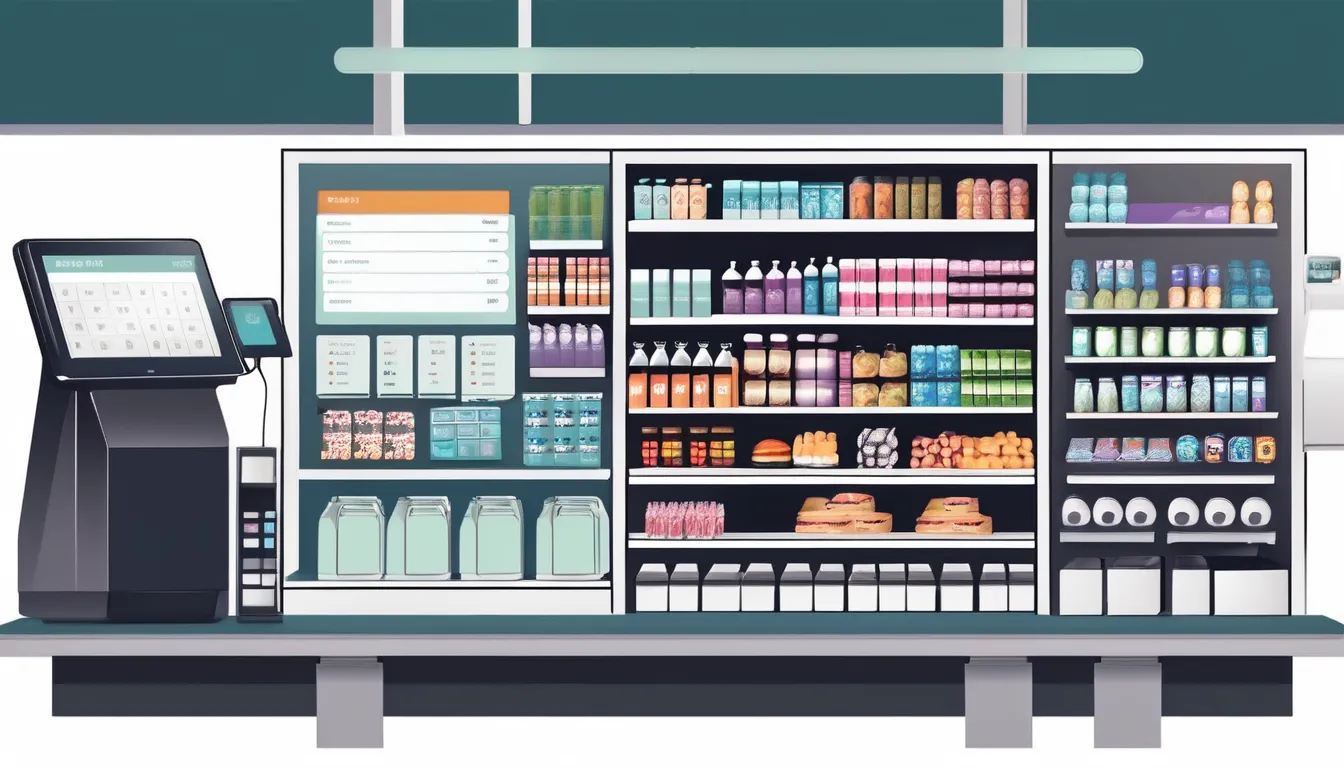As a business owner, you’re constantly looking for ways to stay ahead of the competition. You make decisions every day, but are they based on intuition or hard data? A point-of-sale (POS) system can be a game-changer in this regard, providing valuable insights into customer purchase behavior, sales trends, and inventory management. But what exactly can a POS system reveal about your business, and how can you use that information to drive growth? By tapping into the wealth of data at your fingertips, you may discover that the key to unlocking your business’s full potential lies just beneath the surface.
Unlocking Customer Purchase Behavior
Unlocking customer purchase behavior is key to driving business growth. As a business owner, you’re constantly looking for ways to increase sales and stay ahead of the competition.
Understanding what drives your customers’ purchasing decisions is crucial to making informed business decisions.
When you have access to data on customer purchasing patterns, you can tailor your marketing efforts and product offerings to meet their needs.
For example, you might discover that a certain demographic is more likely to buy a particular product during a specific time of day.
This information can help you optimize your inventory levels and adjust your staffing schedule accordingly.
Sales Data and Trends Analysis
Insight into your sales data is the backbone of informed business decisions. With a POS system, you can access detailed sales data and trends analysis to help you understand what’s driving your sales and what areas need improvement.
You can track sales by product, category, or time period to identify top-selling items, slow-moving inventory, and seasonal fluctuations.
By analyzing your sales data, you can identify trends and patterns that can inform your pricing, promotions, and product offerings.
For example, if you notice that a particular product is consistently selling out, you can adjust your inventory levels or pricing strategy to maximize profits. Conversely, if a product isn’t selling well, you can consider discontinuing it or offering promotions to clear out inventory.
Point of Sale system systems can also provide you with real-time data on sales performance, allowing you to make adjustments on the fly.
Inventory Management Insights
How closely do you really track your inventory levels? A point-of-sale (POS) system can help you gain valuable insights into your inventory management.
By integrating your POS with your inventory management system, you can track stock levels in real-time, receive automatic alerts when items are running low, and optimize your reordering process. This helps you avoid stockouts, overstocking, and wasted resources.
You’ll also be able to analyze sales trends to identify which products are moving and which ones are slow-selling.
This information enables you to adjust your inventory accordingly, ensuring you have the right products in stock to meet customer demand. With a POS system, you can also track inventory across multiple locations, making it easier to manage your stock levels and transfer products between stores.
Employee Performance and Productivity
Managing your inventory levels is just the start of optimizing your business operations. A POS system can also help you analyze employee performance and productivity.
You’ll be able to track sales by employee, providing valuable insights into their strengths and weaknesses. This data can be used to identify areas for training or coaching, helping you to develop a more effective team.
You can also use your POS system to monitor labor costs, ensuring that you’re not over- or under-staffing during peak periods.
Data-Driven Business Growth Strategies
With the right data at your fingertips, you can develop targeted business growth strategies that drive real results.
By analyzing sales trends, customer behavior, and operational efficiency, you can identify areas of opportunity and make informed decisions to drive growth.
Here are some ways you can use data to fuel your business growth strategies:
- Optimize inventory management: Analyze sales data to identify slow-moving items and adjust your inventory levels accordingly, reducing waste and minimizing stockouts.
- Personalize customer experiences: Use customer data to create targeted marketing campaigns and loyalty programs that drive repeat business.
- Improve operational efficiency: Analyze operational data to identify bottlenecks and areas for improvement, streamlining processes and reducing costs.
- Expand your product or service offerings: Analyze customer feedback and sales data to identify opportunities to expand your product or service offerings and meet changing customer needs.
- Enter new markets: Use market data to identify new business opportunities and expand your customer base.
Conclusion
By harnessing the power of POS systems, you’ll unlock a treasure trove of data-driven insights that can transform your business. You’ll gain a deeper understanding of customer purchase behavior, sales trends, and inventory management. With this information, you can make informed decisions, boost employee productivity, and drive business growth. By leveraging real-time data, you’ll stay ahead of the curve and make strategic decisions that propel your business forward.


